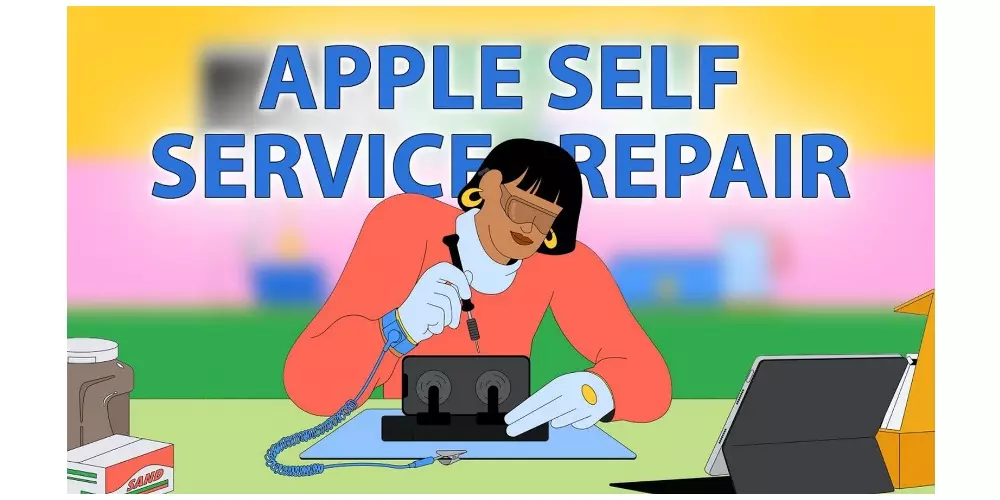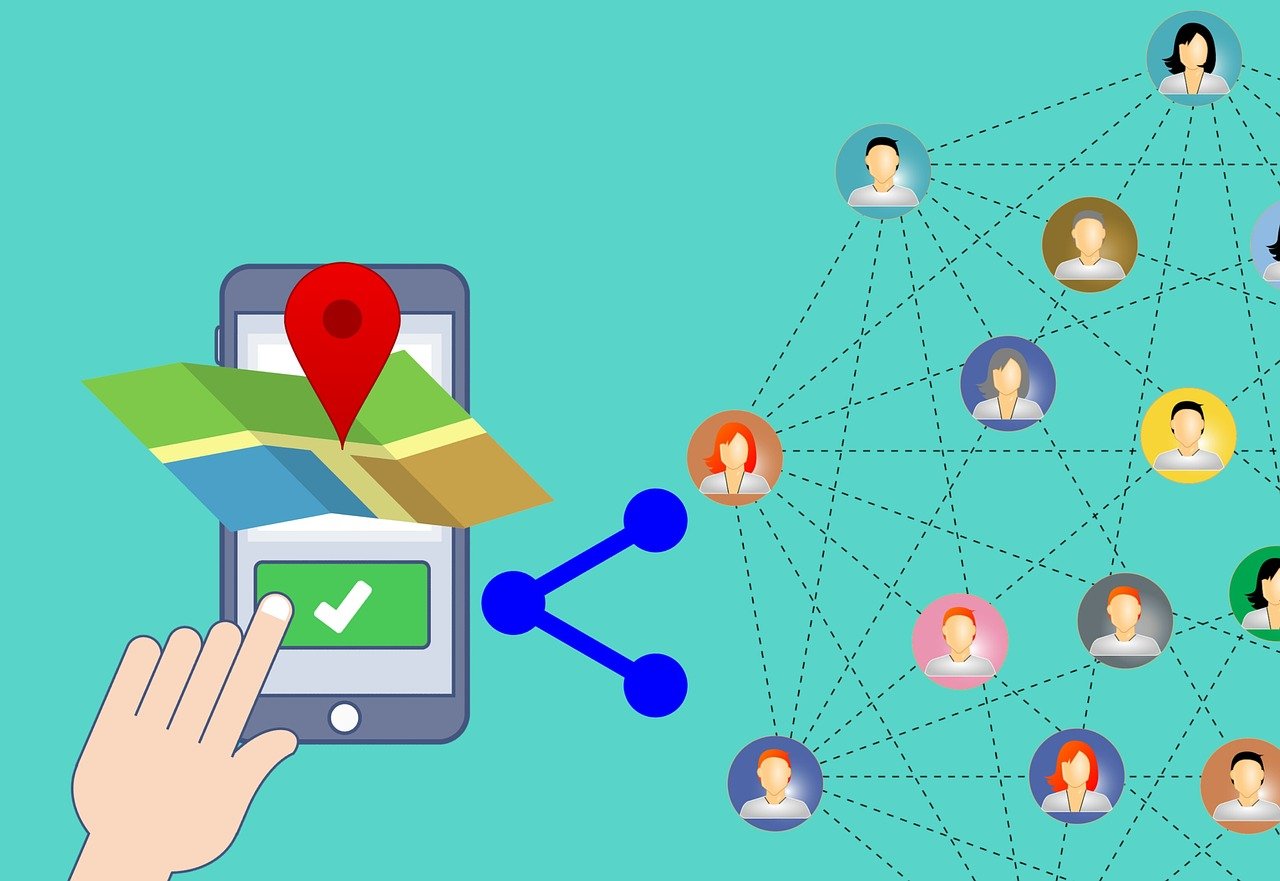

A long time ago we talked about Apple AirTags, those small Bluetooth locators that the Cupertino company launched a long time ago and that instead of using an external network such as GPS or NB-IoT, like other viable solutions, it uses each user of Apple products to create an internal network of synchronized Bluetooths. That this exists opens up a new debate: can the AirTag be used to locate people?
In order to answer this question, we will turn to different factors that must be analyzed before using something for which it is not really designed: the ethics, legality and technology of the solution compared to others.
Locating people with AirTag: ethical and legal doubts that come to mind
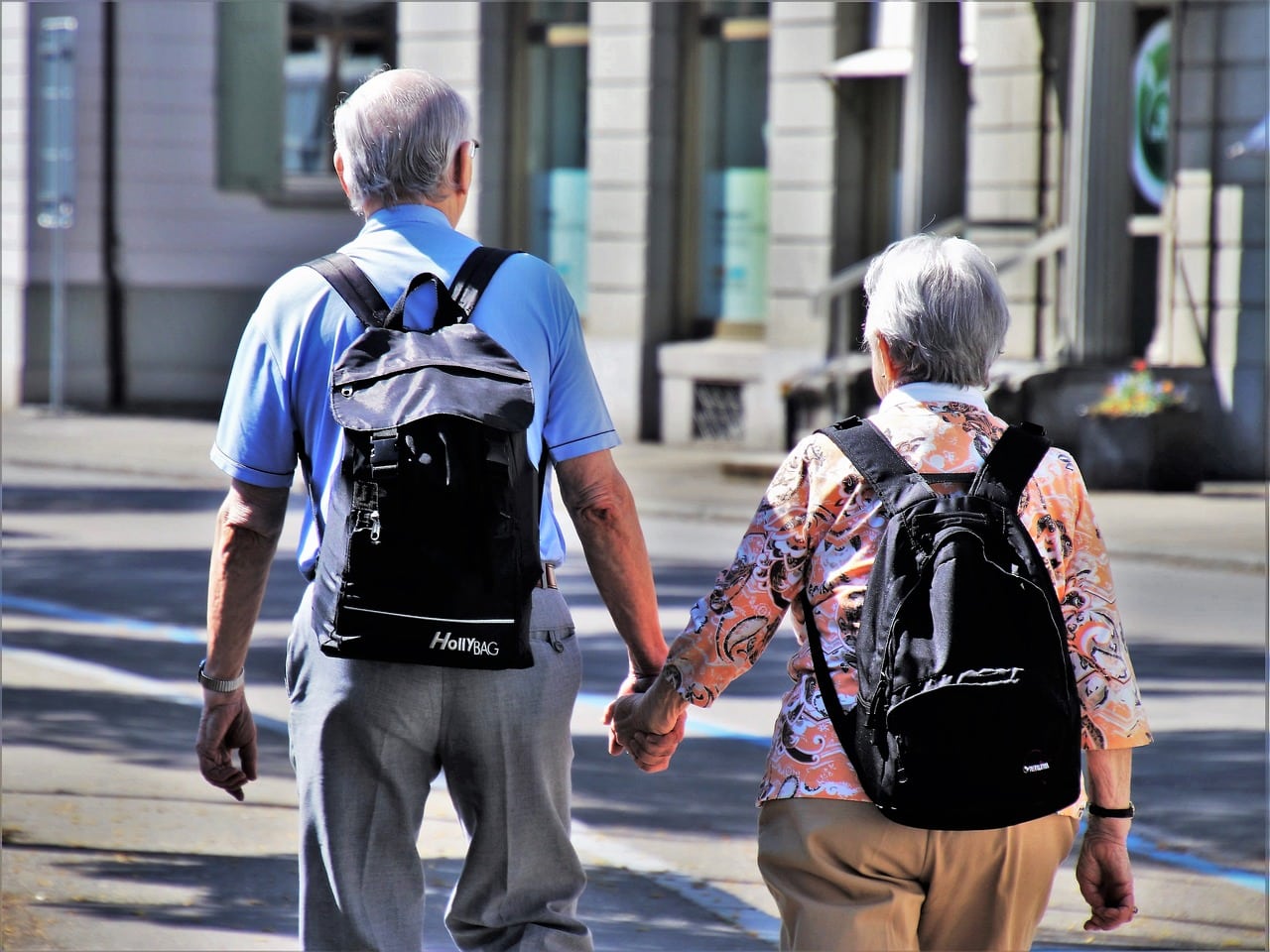
The protection of our family members cannot go against their rights
Whenever we talk about the geolocation of people, ethics and legality are barriers that appear. The fact that we can do something does not mean that we should do it or that it is okay to do it, and this case was no different.
Analyzing everything from an ethical and legal point of view, tracking people is about consent and transparency: making it essential to obtain the explicit and voluntary consent of the person who will be tracked before using any tracking device against them.
Since, otherwise, we would be directly attacking the person’s right to privacy and violating their freedoms as an individual, which in addition to being unethical goes against the law.
Track a person using methods like AirTag too must have a legitimate purpose: locating a child who goes to school alone or an elderly person who suffers from a cognitive disorder can be seen as something acceptable in society, since it is linked to a function of protecting the vulnerable person, while placing the device Monitoring a partner is not, because it represents unwanted control bordering on harassment.
Another issue that must be taken into account is the limited access to that tracking. Access to the tracked location should be limited to people who have a legitimate reason to know it, such as close family members or caregivers in specific situations.
Technological barriers: Are AirTags for locating people truly reliable?
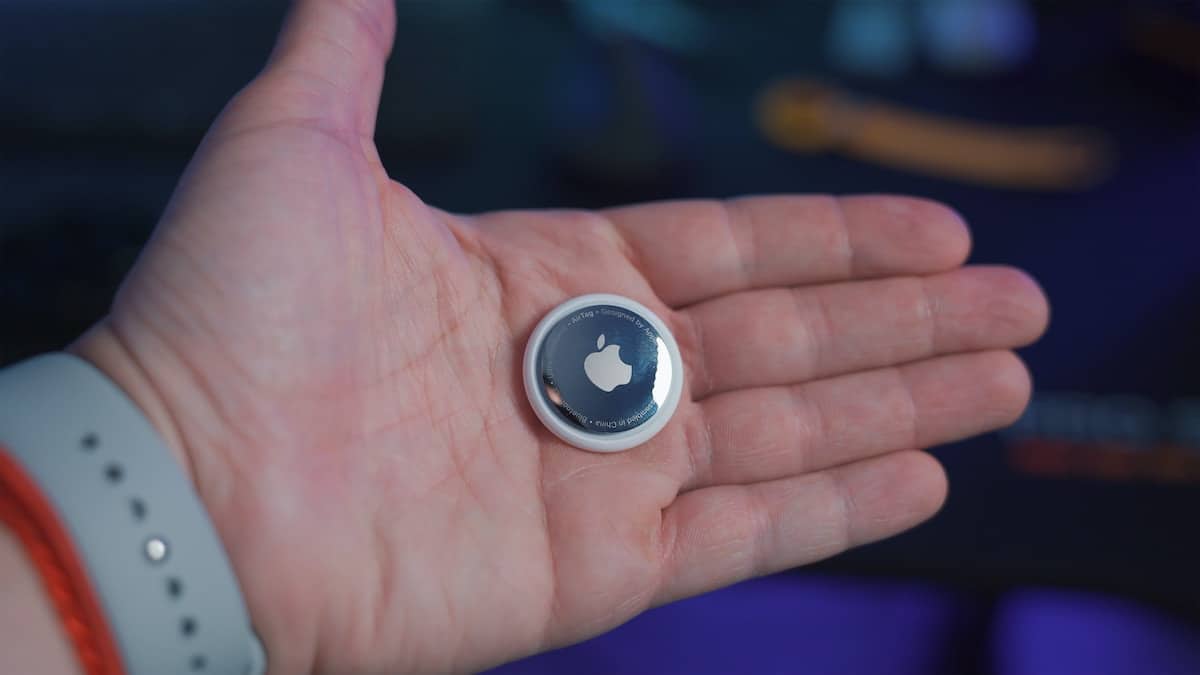
AirTags use Bluetooth Low Energy technology to communicate with nearby iOS devices and can be tracked using Apple’s Find My iPhone network. And although there are many iDevices in the world… Can we make sure that in every corner of the planet there is one with Find My iPhone active? Probably not.
That would be the great Achilles Heel of the AirTag as a tracking technology: the dependence on other devices themselves that are the receivers and channelers of the signal they emitmaking them useless as soon as there is no Apple device nearby.
Let’s talk about a case where AirTags can be mostly useless in locating people. Years ago a person came to me asking for advice on GPS locator watches, since they wanted to give one to his father who was an elderly person, who was beginning to suffer symptoms of Alzheimer’s and who lived in the mountains.
The man began to become disoriented when he took walks and had fallen into a ditch, where he remained for an entire day until someone from the town found him as night approached. In a case like this, the AirTag is a useless solution since emits a bluetooth signal that no other device would receive.
In this sense, as we indicated in our other article about AirTags, perhaps another option that works on a GPS network or even on the Narrow Band IoT could be more complete given the precision of the tracking.
But the biggest enemy to using an AirTag to locate people is the development company itself, which warns the user not to misuse it.
Apple has implemented limits on the frequency with which an unlinked AirTag can transmit its location anonymously, which would prevent AirTags from being used for constant, non-consensual tracking of people and ruling them out for these long-term purposes.
Even knowing all this, I want to use my AirTag to locate people. How do I do it?
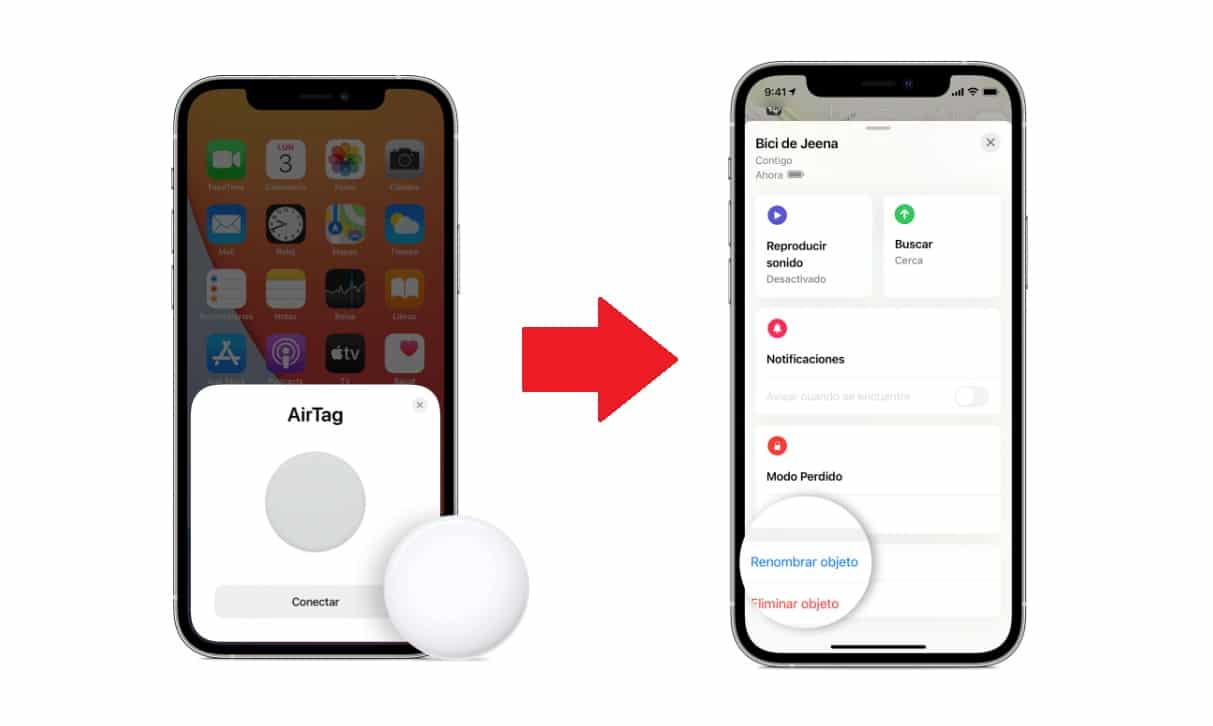
If even after knowing all this you intend to continue with the idea of using the AirTag to locate someone, it is very easy to configure. Simply do it as if you were going to locate an object and leave the locator safe.
You will have to make sure that the AirTag is linked to your iCloud account and that it is correctly configured so that you can be tracked, following the configuration steps set out by the company.
In case you want to make a shared tracking with another person, you can add the other person’s Apple ID account to the deviceallowing both accounts to access the AirTag’s location through the Find My app.
Conclusion: using the AirTag as a geolocator for individuals may not be a good idea
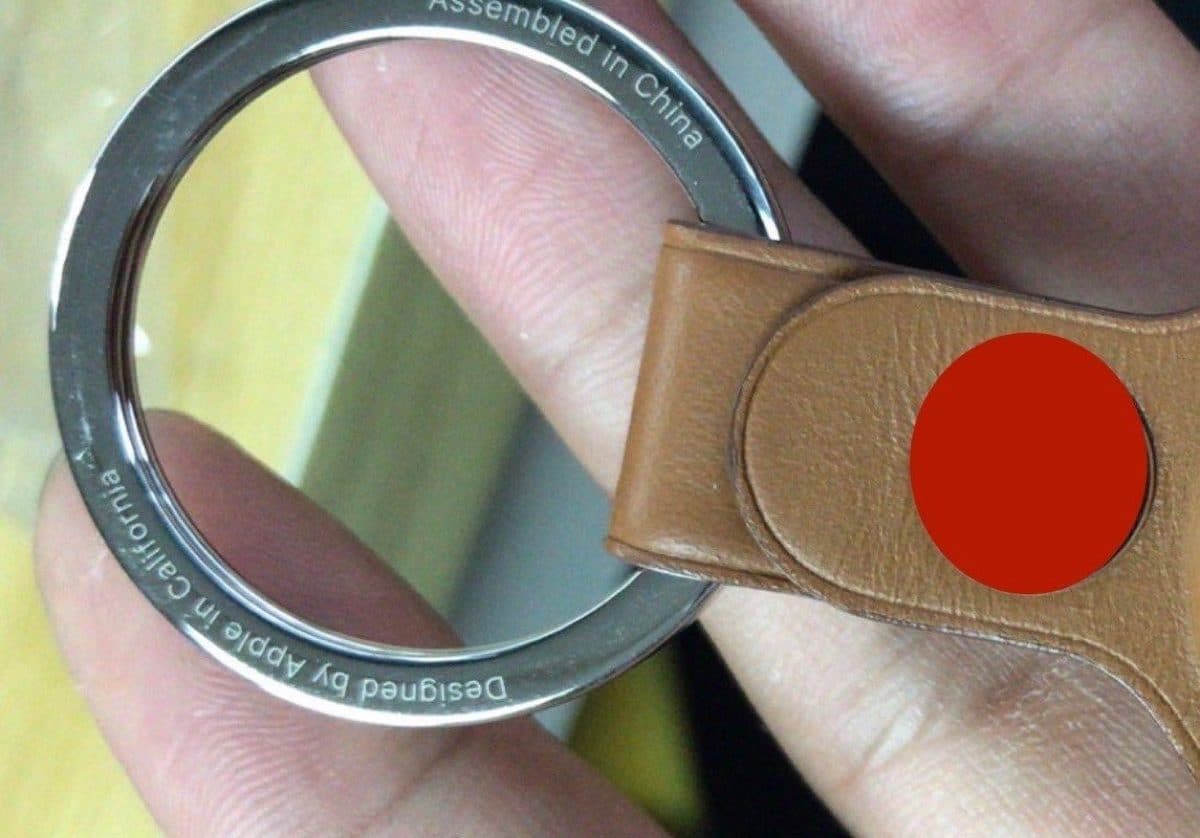
We have seen the ethical, legal and technological barriers that exist when using an AirTag to locate people, and honestly if you ask me, I would not choose it as a reliable method for these needs.
The tracking of people with AirTags or other similar technologies must be approached with deep respect for the privacy and autonomy of people, but also with the seriousness involved in making the decision of an appropriate technology for the protection of our loved ones, since it does not It is worth choosing any solution that exists on the market.
So before using a tracking device, An evaluation must be made of the possible risks and benefits of the technology we want to use.to ensure that we are effectively fulfilling our mission and, in turn, that we are not violating the rights of the other person.
Whenever you have doubts about this, remember this phrase from the American lawyer and writer Arthur S. Miller: “Your rights end where the rights of others begin”.


